With the BP oil spill continuing unabated into the 2010 Atlantic hurricane season, fears are rising that a major storm could dramatically worsen the impact of the disaster, which has already been called the worst in U.S. history. Forecasters are predicting 14 to 23 named storms this year, of which 3 to 7 will turn into major hurricanes. According to forecasters Philip Klotzbach and William Gray of Colorado State University, there is a 43 percent chance that Louisiana will be hit by a hurricane.
A hurricane storm surge could drive the offshore oil slick inland into wetland areas, spreading oil and chemical dispersants used to break up the slick into ecologically-sensitive bayous and deltas. High winds could distribute oil over a wider area, although the National Weather Service says it is difficult to predict where the oil will end up.
In any case the oil spill is already taking a toll on coastal ecosystems and wildlife. According to The New York Times, as of May 30, 491 dead birds, 227 sea turtles, and 27 dolphins have been collected from the spill zone, although ecologists estimate the numbers are likely significantly higher.
Mongabay visited one area in Louisiana before the spill made landfall. Below are some pictures from the visit. Mongabay has not returned since the oil reached the coast.
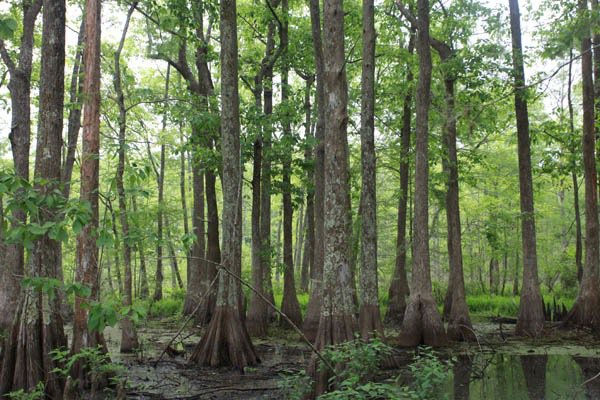 Cypress forest in the Lacassine National Wildlife Refuge. All photos by Rhett Butler 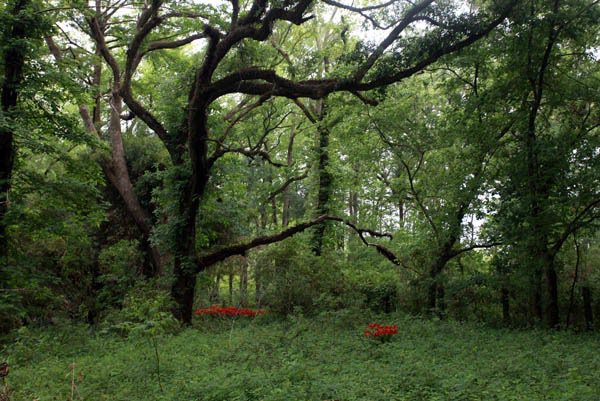 Horseman’s star (Hippeastrum)  Cypress forest 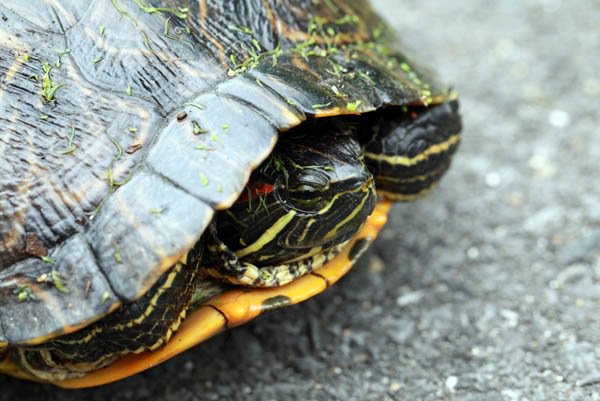 Box turtle 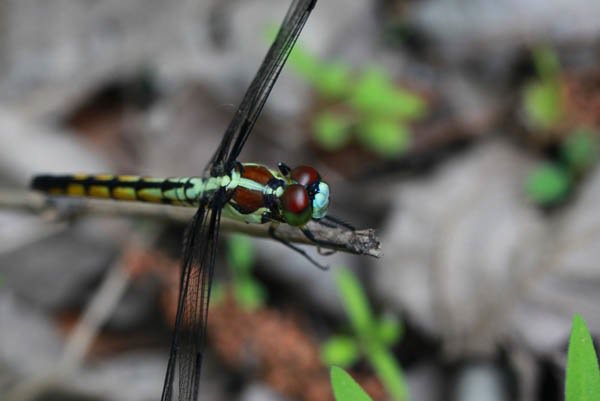 Dragonfly 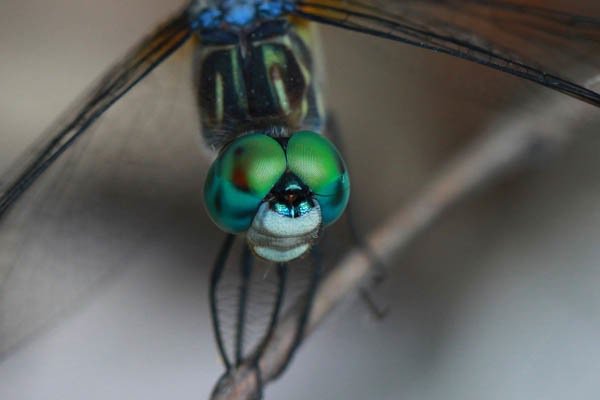 Dragonfly 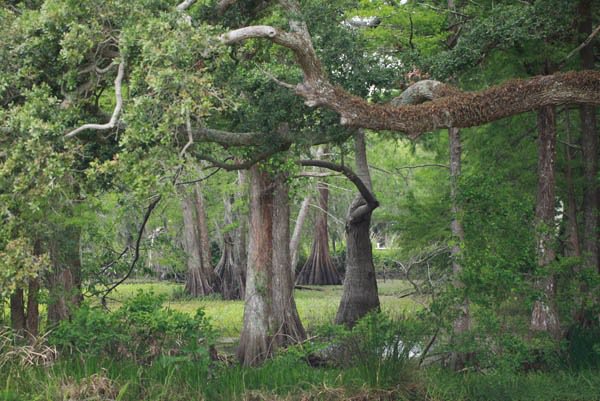 Cypress forest 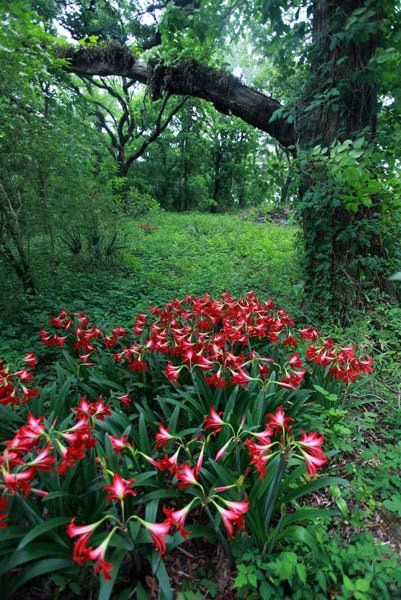 Horseman’s star (Hippeastrum) 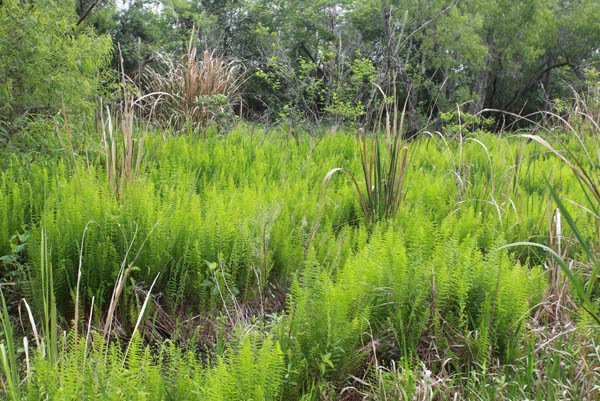 Ferns in a boggy area 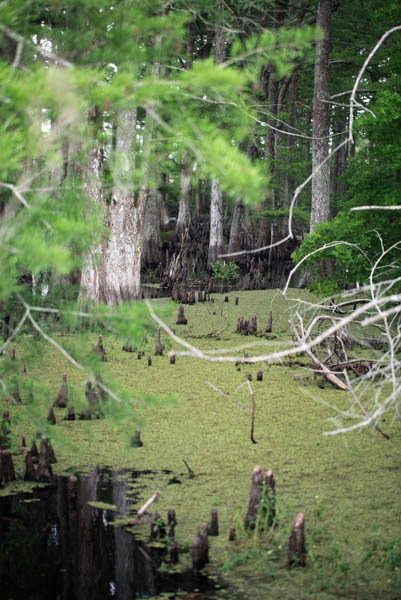 Cypress forest 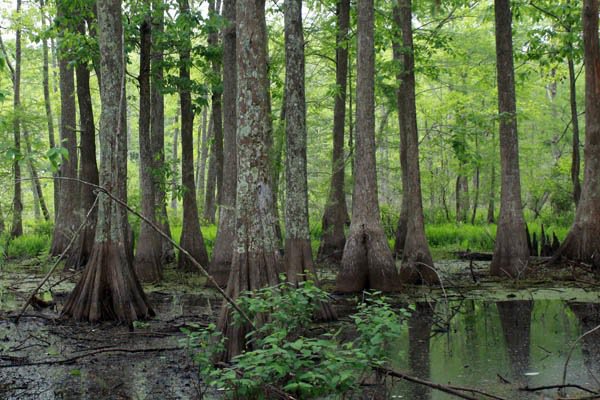 Cypress forest  American Alligator 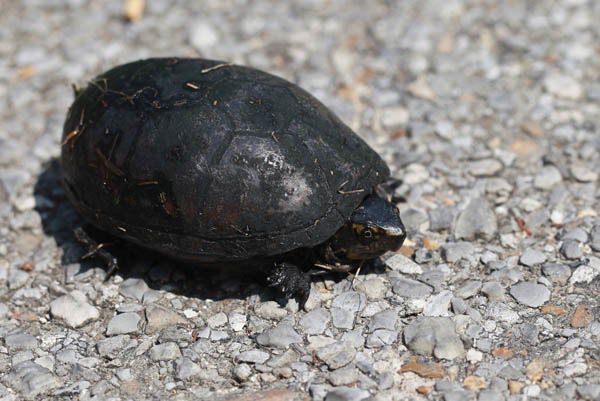 Turtle 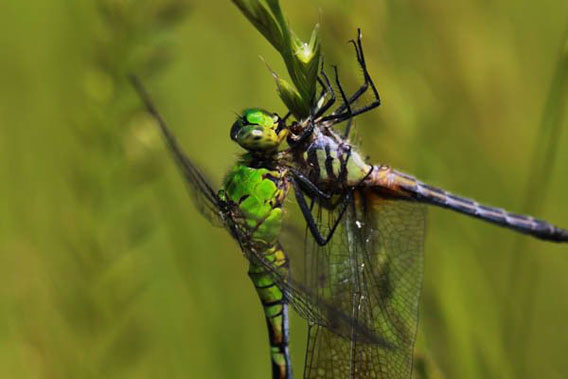 Dragonfly eating the head off another dragonfly 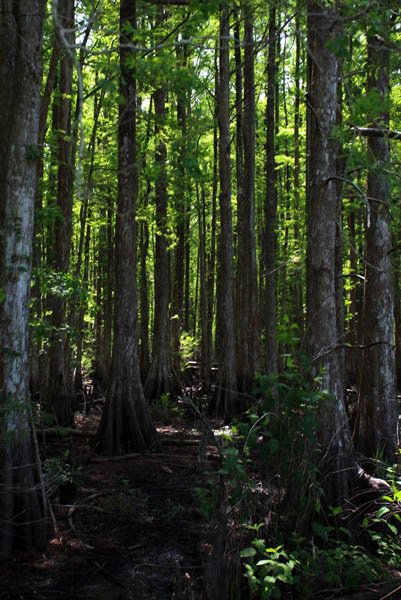 Cypress forest |














